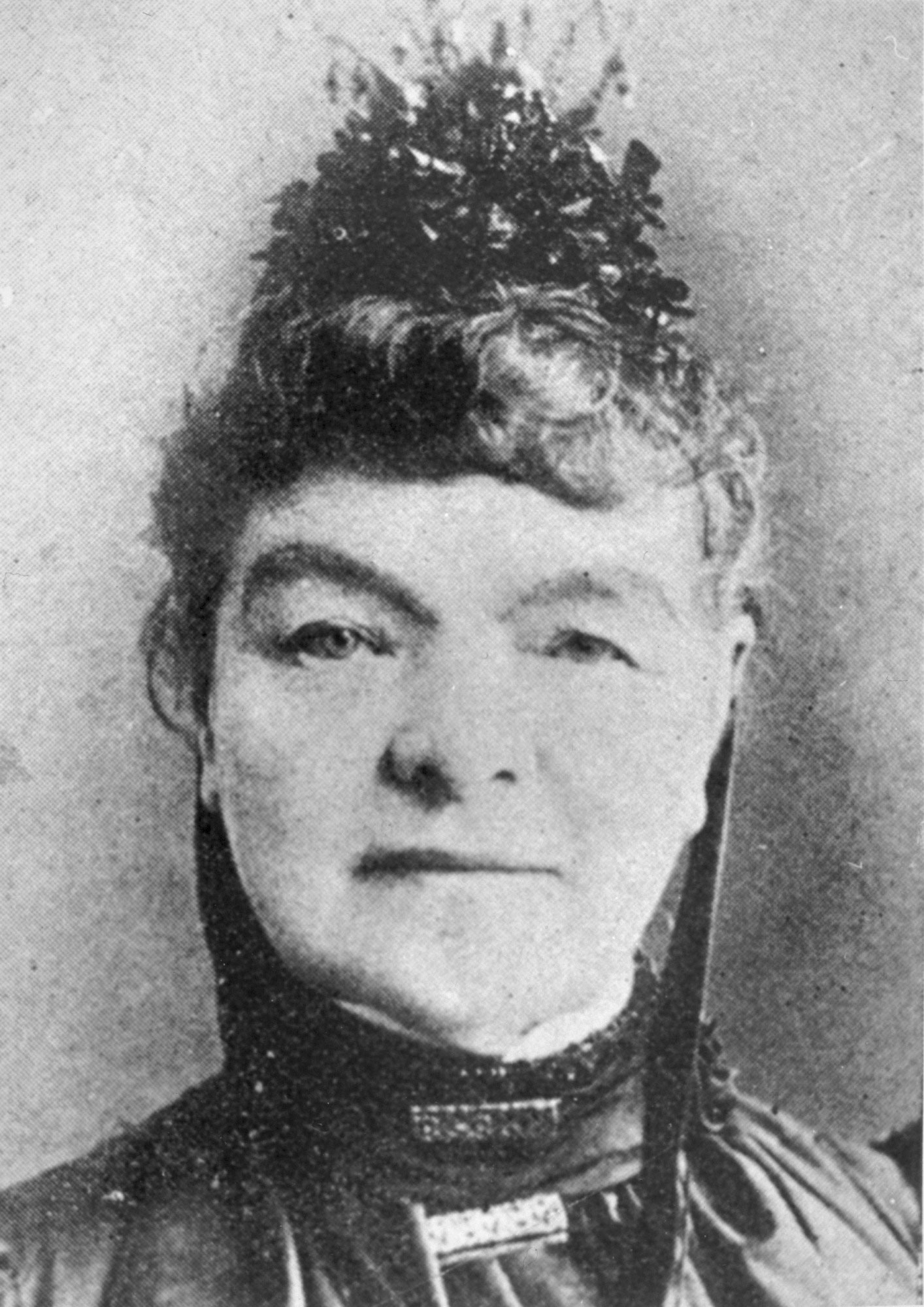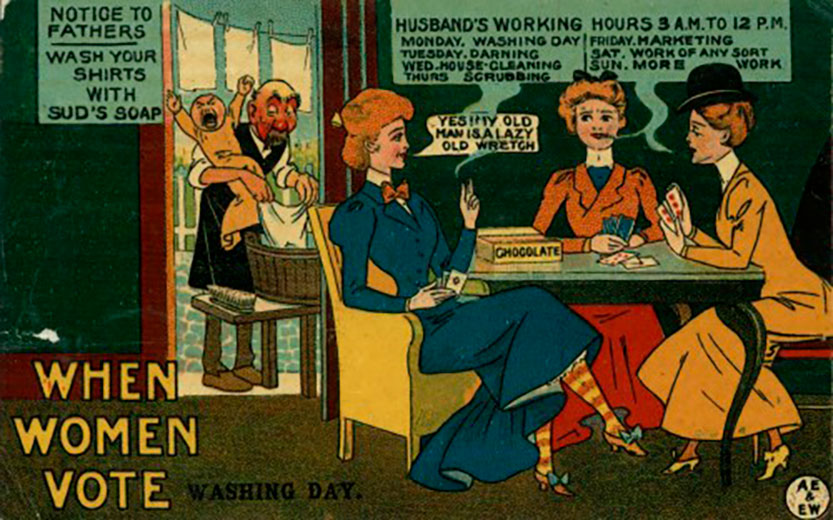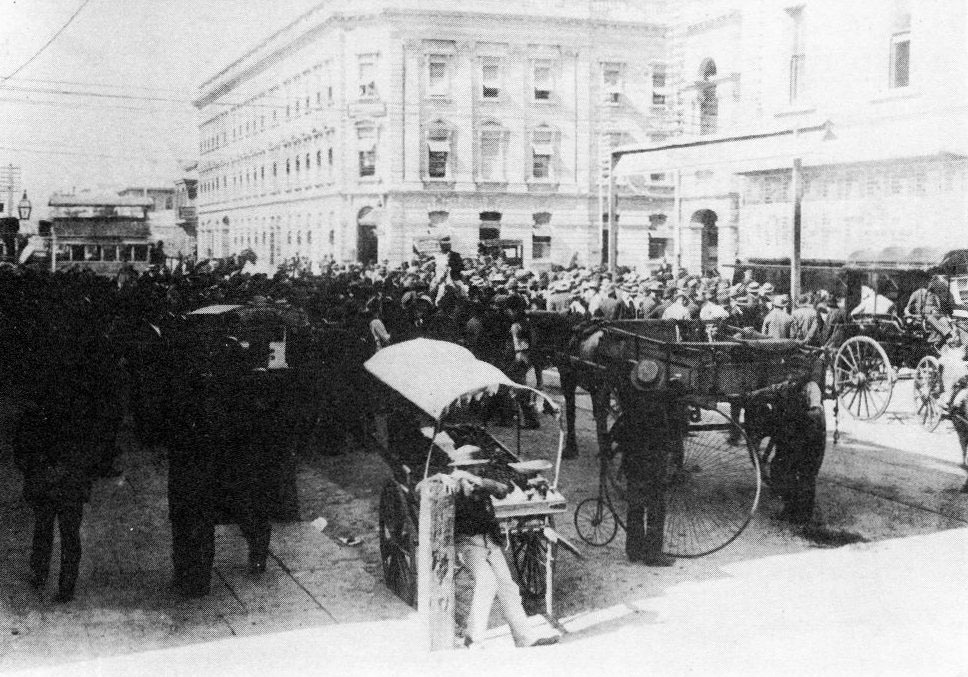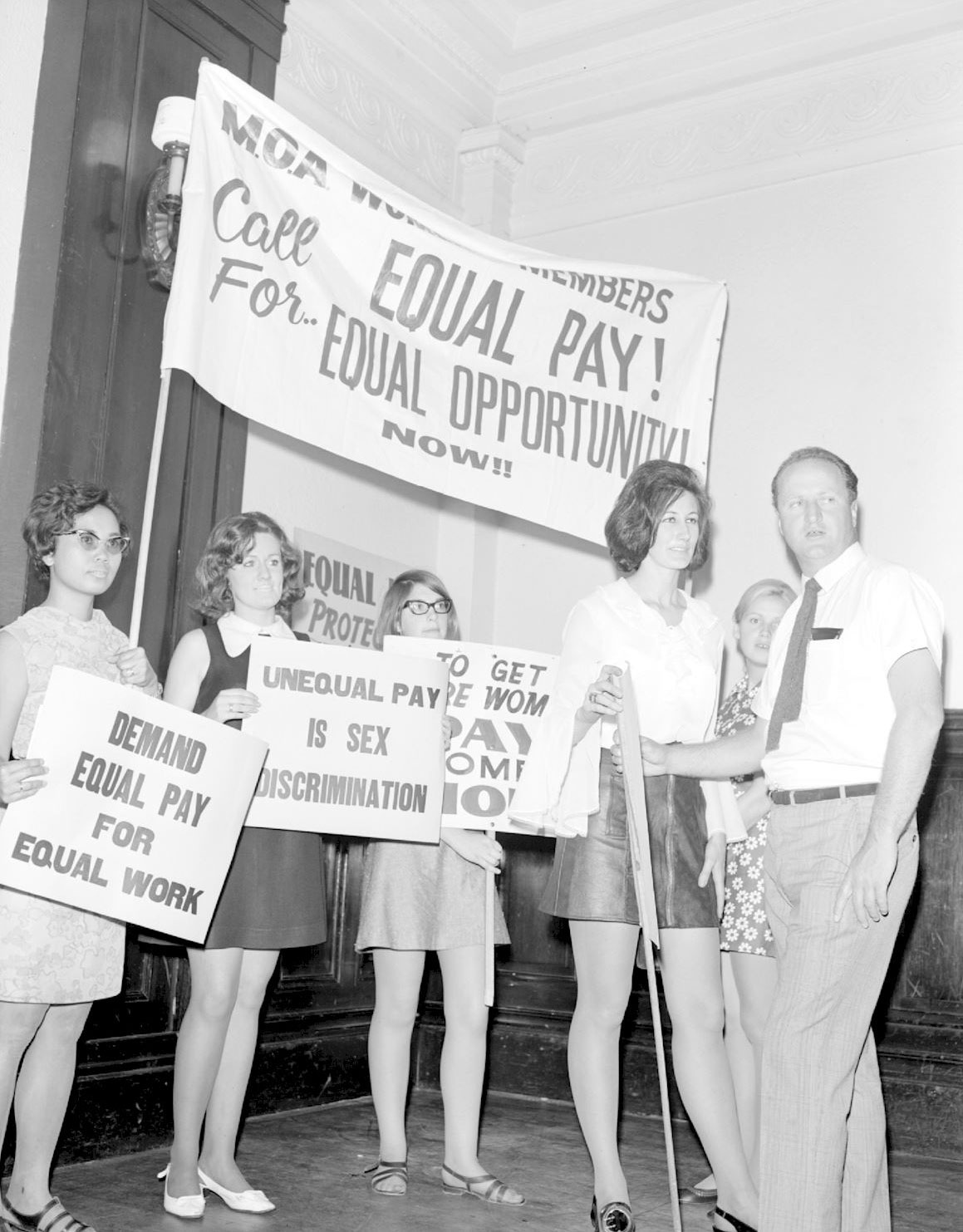Learning module:
Australia since Federation Defining Moments, 1901–present
Investigation 3: The development of Australian democracy
3.2 1902 Women’s suffrage

Imagine that your class is about to take a vote for the new school captain.
This captain will represent the whole school at important events.
The captain will represent you, so it is important that every student gets a vote — a say in who they want to be their representative.
Suddenly your teacher announces that only boys will have a vote. Half your class, and half the school, are girls.
- Do you think this is a fair decision?
Discuss your ideas, then see how something like this really did happen in Australia.
Read the information below and then use it to answer the questions that follow.
Women did not have equal rights
During the nineteenth century (1800s) in Australia women had fewer rights than men.
- Women could not vote.
- Women could not be members of parliament.
- If a women married her property went to her husband.
- Fathers were the legal guardian of any children, which meant that only fathers were able to make decisions about their children.
- Women were paid less if they worked.
- Women had worse working conditions and protection than men.
Only some women could vote by 1901
In 1901 only women in South Australia and Western Australia had the right to vote. The colonies (called states from 1901) had passed laws in 1894 (South Australia) and 1899 (Western Australia) to enfranchise women (give them the vote). These women could vote in their state, and also vote for the new national parliament. Women in the other states could not vote at all.
The new parliament had to decide
In 1902 members of the new national parliament had to decide if they would allow all women to vote. They passed a law that said all adult men and women were able to vote in national elections. This gave women the vote for the national parliament, even if they could not vote for their own state parliament. State parliaments would have to change their own laws to let women vote for them. That happened gradually over the next several years.
Arguments for and against
Most members of the national parliament supported giving the vote to women. They said it was only fair that women should have a say in who made the laws that both men and women had to obey. Some opposed it. They thought that it would take women away from their role as wives, mothers and home-makers.
The result
The law was passed in June 1902. All women, except most Aboriginal women, could vote at the next national election. Australia was the second nation in the world (after New Zealand) to achieve this.
| Women’s right to vote | Women’s right to stand for parliament | First woman elected | |
|---|---|---|---|
| National | 1902 | 1902 | 1943 |
| State | |||
| South Australia | 1894 | 1894 | 1959 |
| Western Australia | 1899 | 1920 | 1921 |
| New South Wales | 1902 | 1918 | 1925 |
| Tasmania | 1903 | 1921 | 1955 |
| Queensland | 1905 | 1915 | 1929 |
| Victoria | 1908 | 1923 | 1933 |
Analysing cartoons about women’s suffrage
Here are two cartoons from the time. One is from the United States, and one is from Australia, but they are both about the same issue.
Look at each and answer the questions below.

1. Who are the main characters seated at the table?
2. What are they doing?
3. Do they look happy?
4. What does the sign behind them tell us?
5. Who is the character in the background?
6. What is he doing?
7. Does he look happy?
8. What is the title of the cartoon?
9. What is the message of the cartoon for readers (There may be more than one correct answer)?
10. Does the cartoon support women getting the vote, or oppose it?
Now look at this cartoon and answer the questions below. [Note that the cartoon shows some racist images that would not be acceptable today.]

11. How many people are in the cartoon?
12. How many are men and how many are women?
13. How many of them had a vote at the time the cartoon was drawn?
14. Look at the way the men are drawn. Do you think we are meant to like them? [Note that the cartoon shows some racist images that would not be acceptable today.]
15. Look at the way the woman is drawn. Do you think we are meant to like her?
16. What is the message of this cartoon for readers?
17. Does the cartoon support women getting the vote or oppose it?
You can find out more about this in the Defining Moment in Australian history: 1902 Women’s suffrage — Women granted the vote in federal elections
Conclusion
18. What was the event and what caused it to happen?
19. What changed as a result of this event and what were the consequences of this change?
20. Why was this Defining Moment so significant in Australian history?











